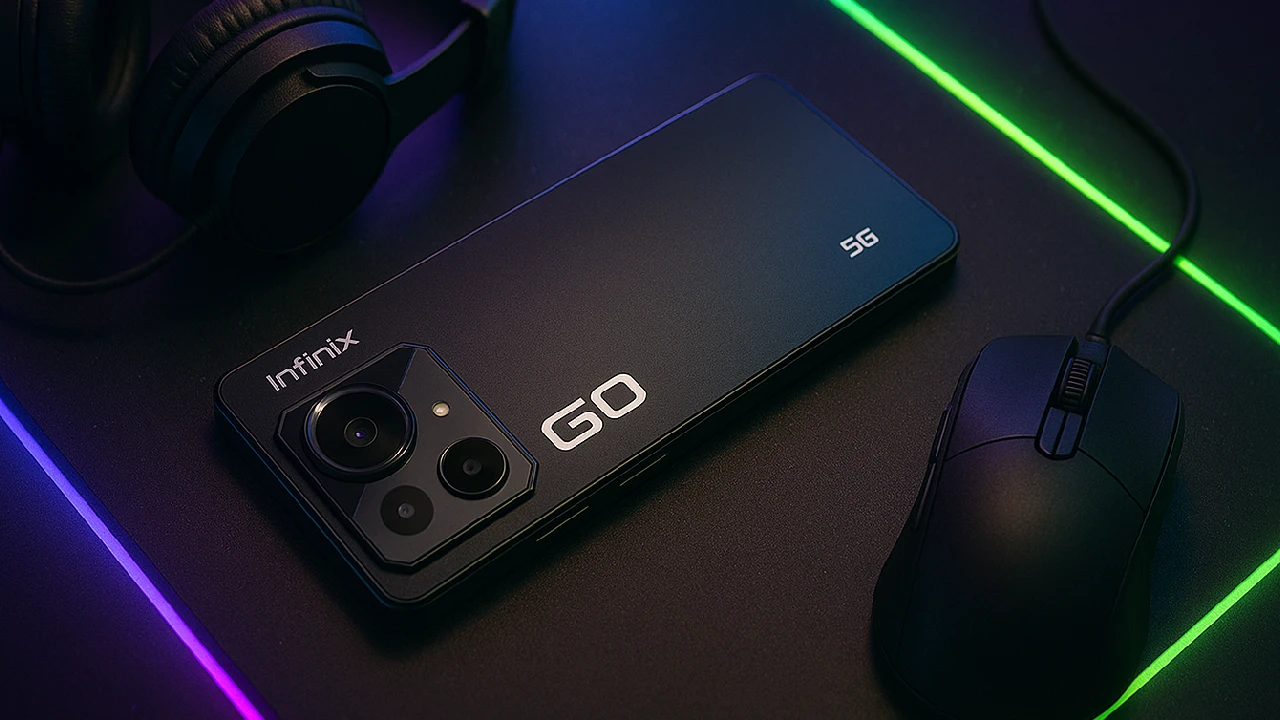The K6 hypersonic missile, currently under development by DRDO, represents a significant leap in India’s strategic defense capabilities and is not just another addition to its missile arsenal; it symbolizes nuclear modernization. What sets it apart? The K-6 boasts MIRV technology, which stands for Multiple Independently Targetable Reentry Vehicle capability.
In an era where deterrence is as much about credibility as it is about survivability, the K-6 could become the backbone of India’s nuclear triad, especially the sea-based leg.
What Is MIRV Technology?
MIRV technology enables a single missile to carry multiple nuclear warheads, with each warhead independently directed at a different target. This stands in contrast to:
- Single-warhead ballistic missiles (strike one target)
- MRVs (Multiple Reentry Vehicles) that strike a broad area
- MIRVs, which precisely strike multiple, separate targets using onboard guidance systems
How it works:
- After launch, the missile enters suborbital space.
- A “bus” carries the warheads and uses small rocket motors and inertial navigation systems.
- It maneuvers over each target, releasing warheads one by one with pinpoint accuracy.
This massively increases strike effectiveness with fewer missile launches.
K6 Hypersonic Missile: Advanced Specs & Capabilities
The K-6 missile is part of India’s future submarine-launched ballistic missile (SLBM) fleet. Here’s what makes it crucial:
| Feature | Details |
|---|---|
| Missile Type | Submarine-Launched Ballistic Missile (SLBM) |
| Range (Estimated) | 6,000 to 8,000+ km |
| Warheads | 4 to 6 nuclear warheads with independent targets |
| Launch Platform | S-5 class SSBNs (future-generation nuclear submarines) |
| Deployment Timeline | Classified (under development by DRDO) |
| Technology Core | MIRV + Hypersonic propulsion + Advanced stealth |
With S-5 class submarines capable of carrying 12–16 of these missiles, each K-6 equipped with MIRVs could engage dozens of targets in a single retaliatory strike.
Sea-Based Nuclear Deterrence: Why It Matters
India follows a No First Use (NFU) nuclear doctrine. That makes second-strike survivability a top priority. Submarine-based platforms offer:
- Stealth – hidden under the ocean, difficult to detect
- Mobility – can reposition globally
- Survivability – immune to first-strike attacks
Combined with MIRV technology, the K-6 ensures that any enemy contemplating a first strike would have to deal with multiple independent counterstrikes—a true force multiplier in nuclear warfare.
MIRV vs Missile Defense Systems
One of the most important advantages of MIRV-equipped missiles is their ability to overwhelm enemy defenses against missiles. Here’s why:
- Intercepting one warhead is challenging
- Intercepting six warheads, each targeting different cities or bases, is nearly impossible
- Add decoys or penetration aids, and enemy defense becomes futile
This shifts the cost-benefit equation: for every rupee spent on an offensive missile, the enemy must spend exponentially more on defense systems.
India Joins an Elite Nuclear Club
With the K-6 and MIRV capability, India joins a highly exclusive group of nations:
- United States
- Russia
- China
- France
- United Kingdom
These countries have already demonstrated MIRV deployment. India’s entrance into this club enhances its strategic autonomy and global standing.
Strategic Benefits of the K-6 with MIRV
Here are the key strategic benefits:
- Strengthens India’s nuclear second-strike capability
- Enhances deterrence through higher survivability and firepower
- Reduces number of launches needed for the same impact
- Counters missile shields with overwhelming saturation
- Supports India’s NFU doctrine by guaranteeing credible retaliation
DRDO’s Role and India’s Missile Roadmap
The Defense Research and Development Organization (DRDO) is central to this advancement. With past successes like the Agni series, K-4, and K-5, the K-6 is the next step toward a robust, modern nuclear force.
It also reflects India’s long-term vision: shifting from quantity to quality, survivability, and flexible targeting.
Conclusion: A Quiet but Bold Strategic Shift
The development of the K-6 missile with MIRV technology is not just a technical upgrade; it’s a strategic transformation. It changes how India can deter, respond, and survive in a nuclear conflict. It boosts the credibility of India’s sea-based deterrent and reinforces its NFU nuclear posture with real-world, flexible capabilities.
In the high-stakes world of nuclear deterrence, MIRV-equipped SLBMs like the K-6 ensure that India remains prepared, respected, and strategically autonomous in an increasingly unstable global order.







